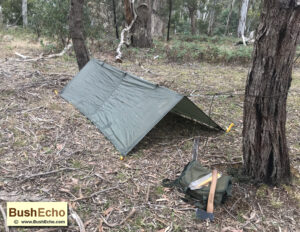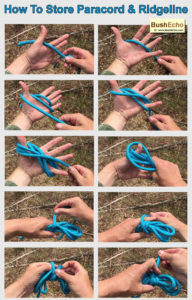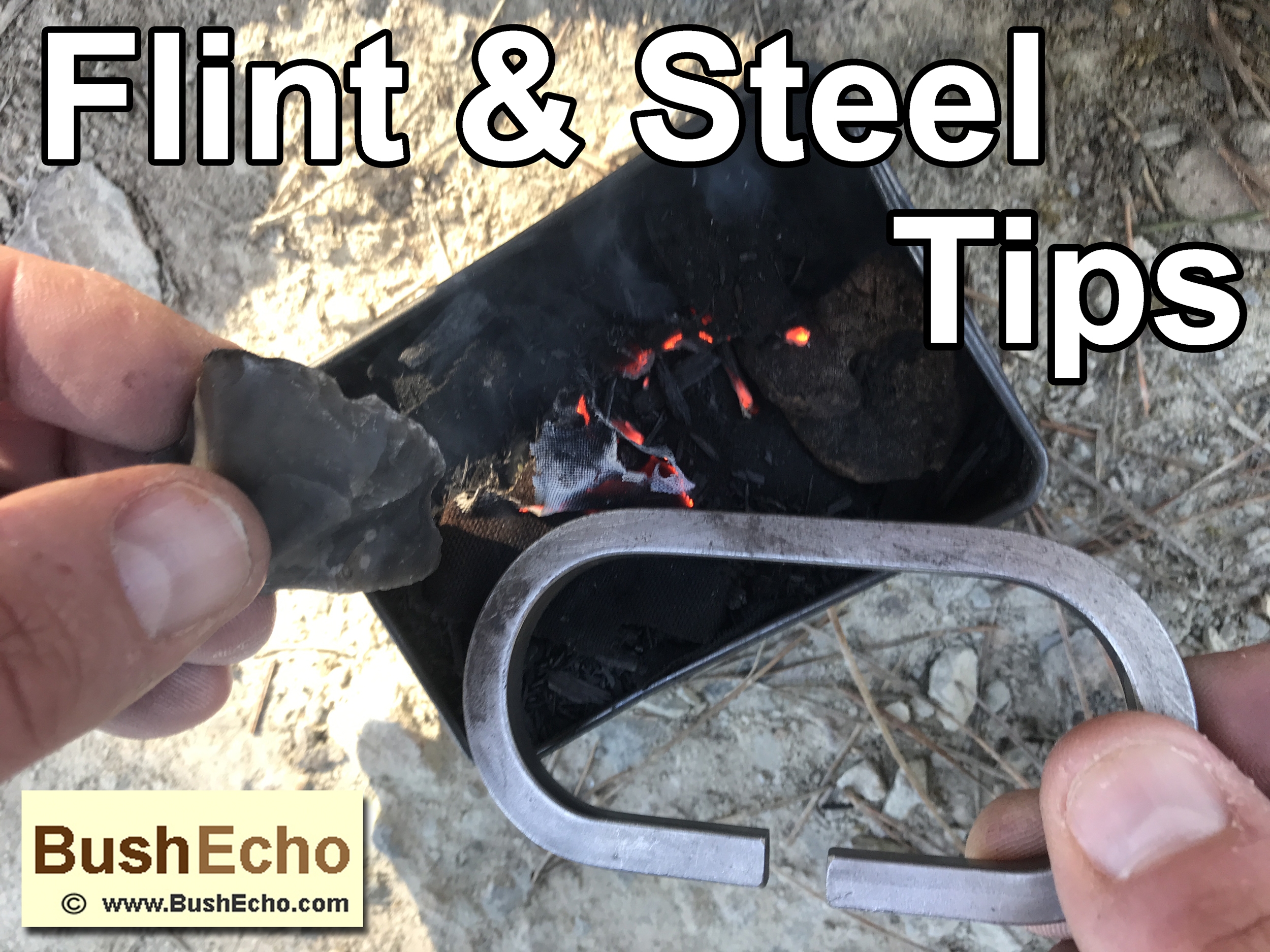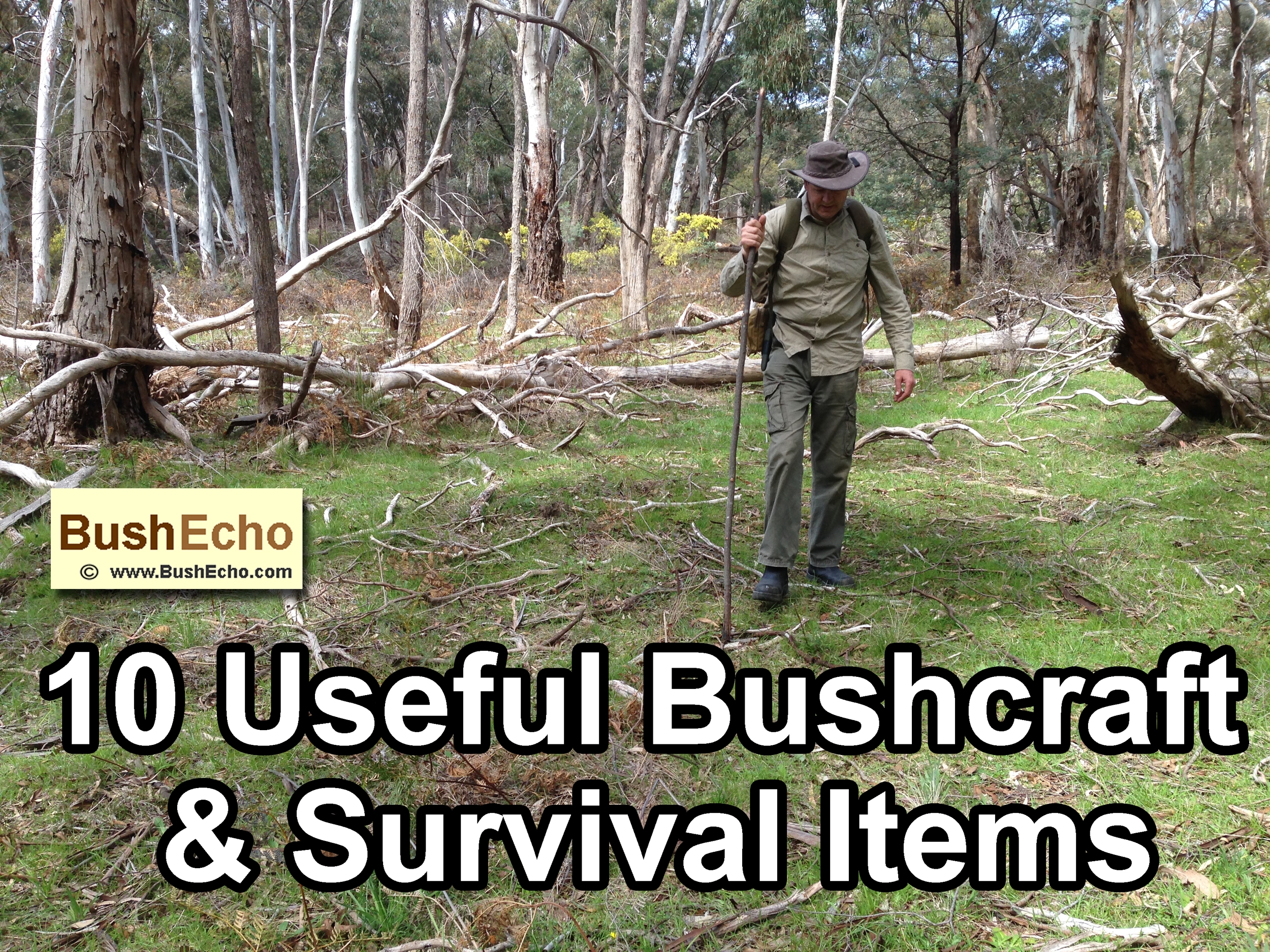Knots and tangles in your paracord and cordage can be frustrating. So in this article we will cover, how to store your paracord and ridgeline easily, by coiling a hank of paracord. This is a great way to keep the paracord, or your ridgeline tangle free.

It also helps when you want the paracord rapidly, as it comes out fast. It is good way of organizing and storing the cordage for a quick deploy ridgeline.

I have taken the photos below with some thicker rope, so it stands out and is easier to see.
 How to store your paracord and ridgeline.
How to store your paracord and ridgeline.
1. Open up hand and spread fingers apart. Place one end of the cordage over your hand, between the webbing of your thumb and index finger. (Pointer finger.) 2. Place the cordage across the palm in between the little finger and ring finger. 3. Come around the little finger across to around the thumb. 4. Wrap around the little finger again. 5. Continue wrapping a figure of eight around the thumb and little finger. 6. When you have a few feet left, take off the hank. 7. Wrap the tail end around the hank. 8. Place your little finger down and wrap over it. 9. Insert the tag end where your finger was and create a half hitch. (Or clove hitch.) 10. Cinch down and tighten the hank of cordage.
Paracord storage and ridgeline tips.
A slippery hitch can also be used to secure the hank, as per image below of the blue paracord. This makes it easy to pull out either end of the paracord if needed.

Above photograph, the green ridgeline has three prusik loops already attached. The prusik loops are useful on the quick deploy ridgeline, so a tarp shelter can be adjusted easily. To learn how to tie the knot click on Prusik Knot. The carabiners just make it easier to attach to a tarp. If the carabiners break or get lost, a stick or stake can easily be used instead.
When finishing the hank, by wrapping the end bit of cordage around itself, it doesn’t really matter which way you wind it. Either wind up or down along the hank itself.
Over a certain length of paracord, you are better off storing it on a winder. Like a homemade, DIY cardboard cord winder, or a brought paracord ladder winder or spool. Or coil the rope.
You can also hank Mariners’ bank line, hootchie cord, Nano paracord and micro cord as well. (For thicker ropes, it doesn’t work well as the hand can only hold so much cordage.)
If you have a few hanks or cordage in your backpack, to keep it free from snagging other items in your pack, you might put it in a dedicated bag, like a dry bag.

A large loop, tied with a bowline on one end of the ridgeline is handy. You can pass the whole hank of cordage through the loop, if you want to go around a tree trunk to secure one end. Click on how to tie the Bowline knot, for more information.
For bushcraft and survival use, having a small hank of paracord or bank line in your pocket is handy for securing shelters, making snares and lashing tripods, etc. Making natural cordage is time consuming, so having a small hank of cordage on you, saves a lot of time and doesn’t take up much space or weight.
The ends of the paracord or cordage can fray and become messy. Burn the ends, or put a stopper knot like a simple overhand knot or figure eight knot on the ends to prevent them fraying.
Summary – How to store your paracord and ridgeline easily.
Making a hank with your ridgeline or paracord is easy and quick to do.
By preparing it properly, the cordage can be stored tangle free, but when being used, can be accessed swiftly. This is especially handy for your ridgeline and shelter set up. As if it is raining, you can deploy the ridgeline quickly to set up the shelter.
Affiliate Links – This article may contain some affiliate product and Amazon affiliate links. This comes at no additional cost to the reader, and helps to support the website. Thank you.
Copyright © by BushEcho. Content on this site cannot be copied and is protected by copyright law. Please contact the author/s for permission.
Disclaimer – This information is for educational purposes only. The author/s and website disclaim liability for any damage, mishap, or injury that may occur from engaging in any activities or ideas from this site.



